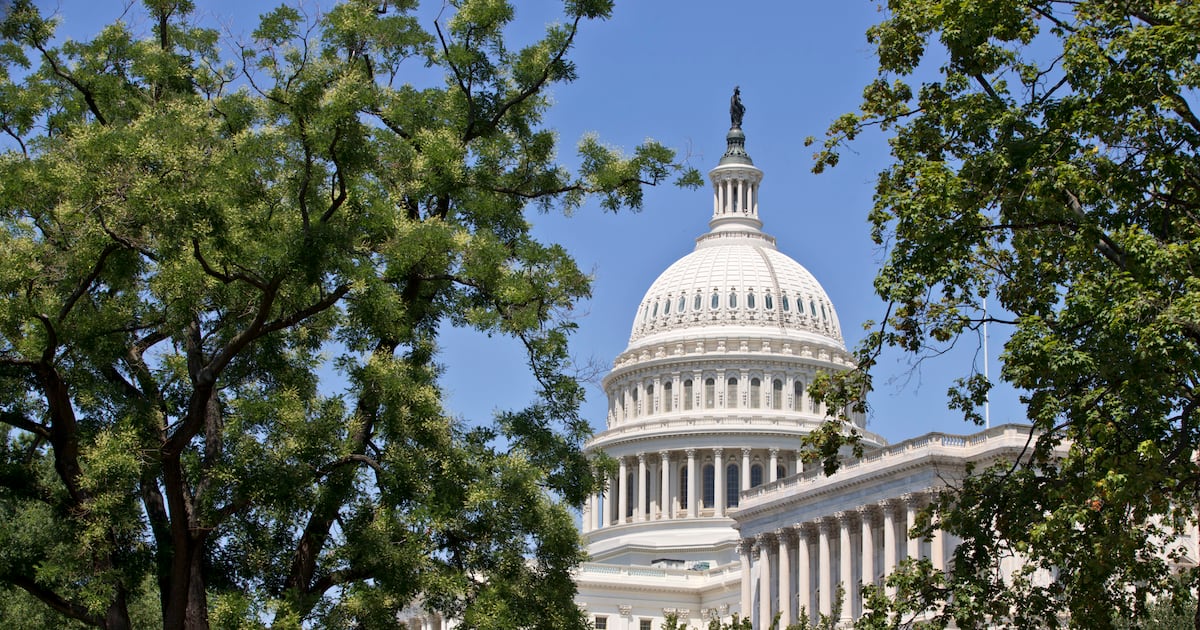
California Governor Gavin Newsom has signed a revised state budget aimed at addressing a $12-billion deficit, marking a significant shift in the state’s policy direction as it scales back some progressive priorities to bring spending in line with revenue constraints.
The newly signed budget reflects the economic challenges facing California in 2024, including lower-than-expected tax revenues and a cooling technology sector that has traditionally buoyed the state’s finances. With the focus now on fiscal prudence, Newsom’s administration made difficult decisions to reduce or delay funding for multiple programs championed by progressive lawmakers and advocacy groups.
Among the adjustments in the budget are cuts and deferrals to several social service expansions, climate action investments, and housing initiatives. While specific details of the affected programs were not immediately released, the governor’s office emphasized the need to preserve core government functions, including education, public safety, and healthcare access.
Governor Newsom acknowledged the budget constraints in a statement, saying, “California continues to show resilience, but in the face of uncertain economic conditions, we must make tough, responsible choices. This budget ensures that we live within our means while maintaining our commitment to essential services and protecting vulnerable communities.”
In response to the revised spending plan, critics argued that the cuts disproportionately impact the state’s most vulnerable residents and roll back gains made in recent years toward equity and environmental reforms. Supporters, however, praised the administration for enacting fiscally responsible measures during a period of economic volatility.
The budget process has spurred renewed debate in Sacramento over how best to balance short-term fiscal challenges with long-term policy objectives. Lawmakers are expected to revisit some of the deferred initiatives once the state’s revenue outlook improves.
This budget marks a transitional moment for California as it recalibrates ambitious goals in the face of economic realities, potentially influencing the scope and pace of progressive policies in the near future.
Source: https:// – Courtesy of the original publisher.








